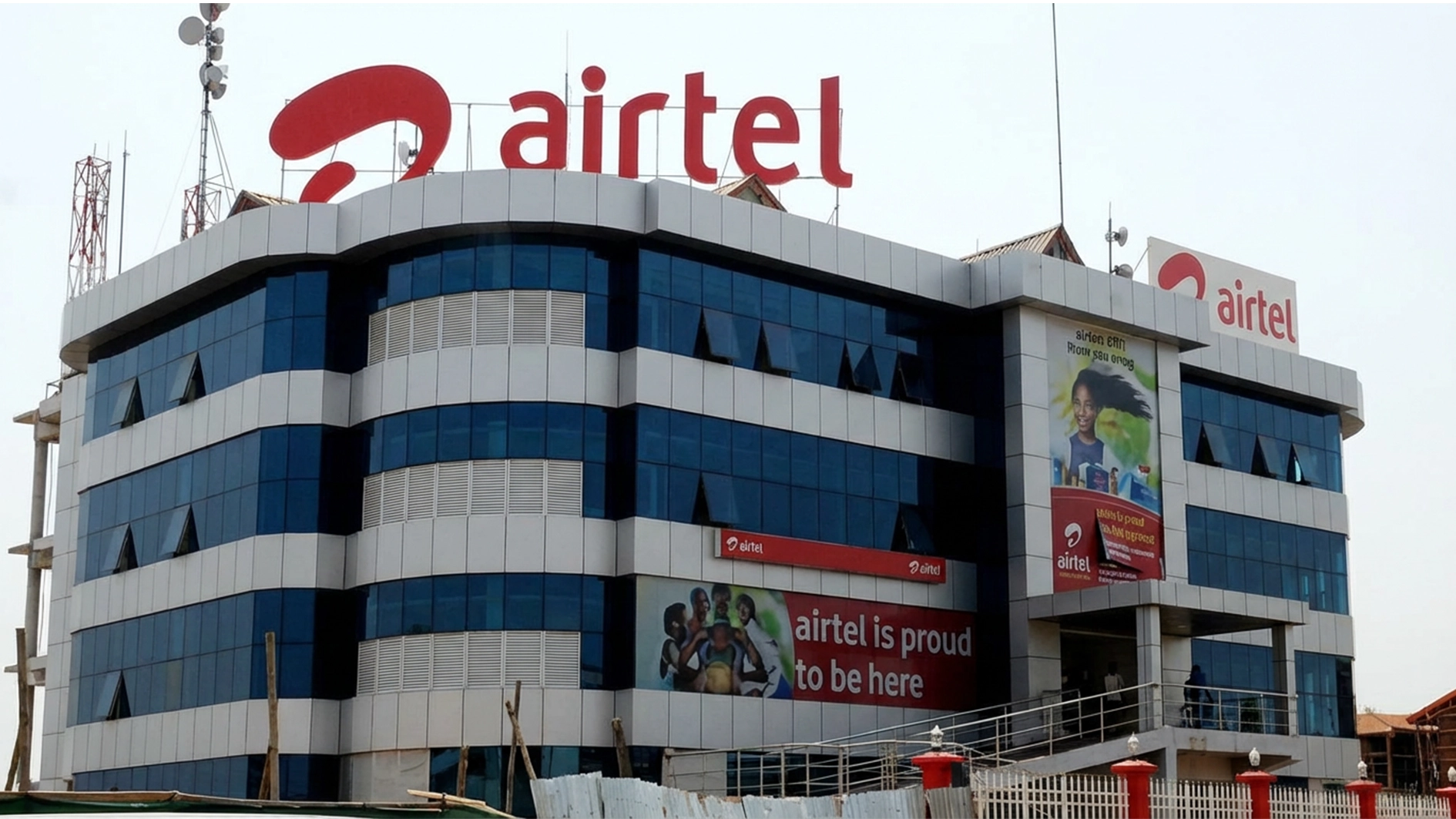
The traditional office landscape is undergoing a profound transformation, with shared workspaces emerging as the vanguard of a new era in professional collaboration. The conventional model of employees tethered to their cubicles is giving way to a dynamic and flexible environment that fosters creativity, innovation, and community. In this exploration of the future of shared workspaces, I’ll delve into the trends, technologies, and cultural shifts shaping the way we work and interact in the 21st century.
But first, I’d like to talk about the phrase “Beyond the Cubicle: The Evolution and Future of Shared Workspaces, in the Future of Work” suggests an exploration of the changing nature of work environments and the role of shared workspaces in shaping the future of work. Let’s break down the key components of this statement:
Beyond the Cubicle indicates a departure from traditional office setups characterized by cubicles. Cubicles have been a common feature in offices for decades, providing employees with individual workspaces. The phrase suggests a shift or transformation away from this conventional model.
The Evolution and Future of Shared Workspaces focuses on the development and future trajectory of shared workspaces. Shared workspaces refer to environments where multiple individuals or organizations work alongside each other in a communal setting. This could include coworking spaces, flexible offices, or collaborative environments that go beyond the traditional office structure.
In the Future of Work, this phrase sets the context within the broader concept of the future of work. The “future of work” encompasses changes in how and where work is conducted, driven by technological advancements, cultural shifts, and evolving business practices.
Putting it all together, the title suggests an exploration of how workspaces have moved beyond the traditional cubicle model, embracing shared and collaborative environments. The discussion likely involves examining the historical evolution of workspaces, the current landscape of shared workspaces, and predictions or insights into how these trends will continue to shape the future of work.
Flexibility Redefined in the future of shared workspaces, as the global workforce embraces remote and hybrid work models, shared workspaces offer a versatile solution. These spaces provide professionals with the freedom to choose where and how they work, erasing the boundaries of the traditional 9-to-5 office routine. Whether it’s a freelancer seeking a collaborative environment or a corporate team opting for a satellite office, shared workspaces offer a spectrum of possibilities.
Technology as the Enabler, the Seamless Integration of Innovation and integration of technology is a hallmark of the shared workspace revolution. From smart access systems and booking platforms to advanced video conferencing tools, these spaces are equipped with cutting-edge technologies that enhance collaboration and productivity. The future holds even more promise, with the potential integration of augmented reality (AR) and virtual reality (VR) technologies, creating immersive and interactive work environments.
Community, Networking and Fostering Connections in a Digital Age. Shared workspaces are not just about physical infrastructure; they’re about cultivating a sense of community. The future envisions these spaces as hubs of collaboration, where professionals from diverse backgrounds converge, exchange ideas, and form valuable connections. Co-working operators are increasingly focusing on community-building initiatives, hosting events, workshops, and networking sessions to foster a vibrant and interconnected ecosystem.
The future of workspaces aligns with a growing global consciousness about sustainability. Shared workspaces are adopting eco-friendly practices, incorporating green design elements, and prioritizing energy efficiency. The shift towards sustainable practices not only reflects environmental responsibility but also aligns with the values of the modern workforce, which places a premium on corporate social responsibility.
Tomorrow’s shared workspaces will not be one-size-fits-all. They will be customizable environments that cater to the specific needs of individuals and teams. From modular furniture arrangements to personalized lighting and soundscapes, the future workspace will prioritize user preferences, fostering an environment that enhances focus, creativity, and overall well-being.
As the lines between office and remote work continue to blur, shared workspaces will play a pivotal role in facilitating hybrid work models. These spaces offer a middle ground, providing a professional setting for collaborative projects while allowing employees the flexibility to work remotely when needed. The hybrid model is poised to become the new standard, offering the best of both worlds to businesses and their teams.
The future of shared workspaces hinges on agility and adaptability. Co-working providers are embracing a dynamic approach, evolving their offerings to meet the changing needs of the workforce. Whether it’s adjusting space configurations, introducing new technologies, or integrating health and wellness amenities, shared workspaces are designed to be agile, ensuring they remain at the forefront of the evolving work landscape.
As we step into the future, shared workspaces are not just a trend; they represent a fundamental shift in how we perceive and engage with work. The evolving landscape is marked by flexibility, technology integration, community-building, sustainability, customization, and a commitment to supporting hybrid work models. The shared workspace is no longer merely a place to work; it’s a dynamic ecosystem that reflects the changing nature of our professional lives. As businesses and individuals alike embrace this transformative wave, the future of shared workspaces promises to be a collaborative, innovative, and adaptable space where the boundaries of traditional work are redefined for a new era.






